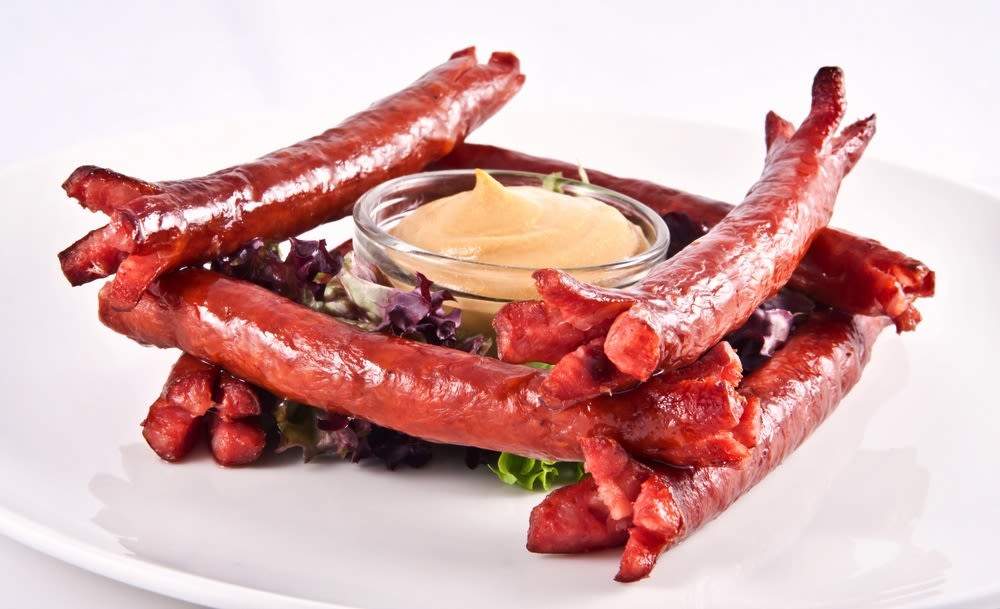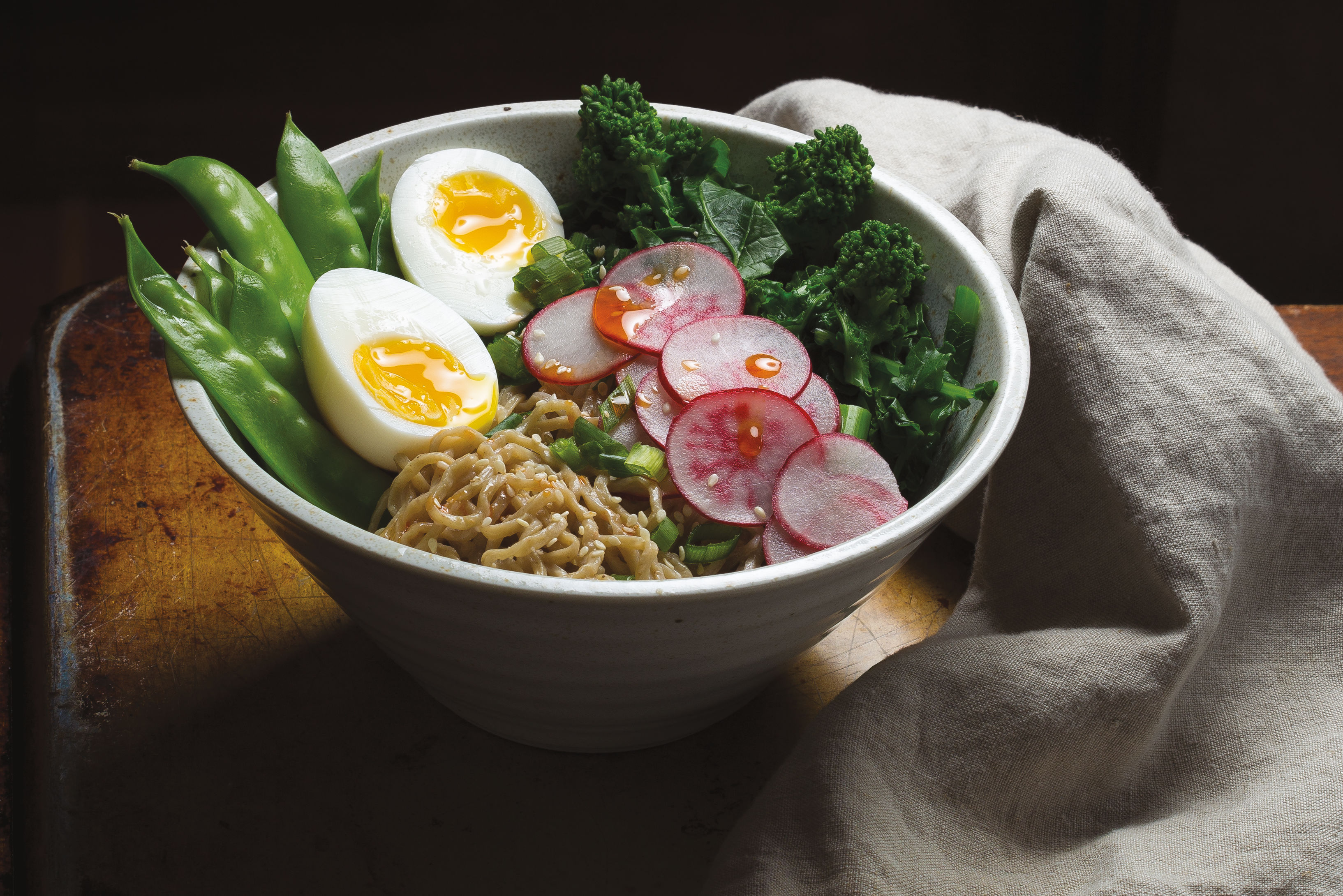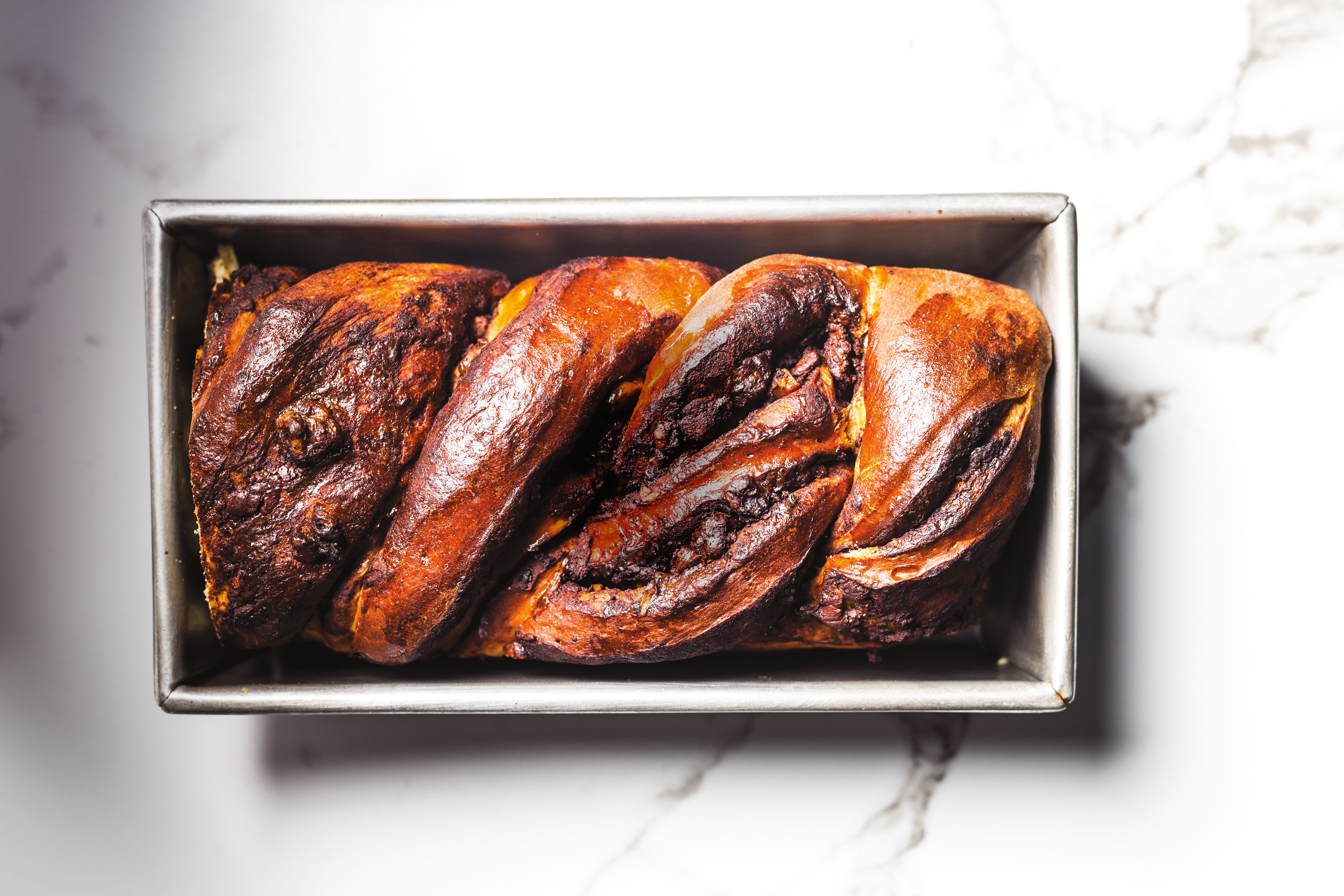Czech Please!

It’s a familiar peculiarity that cuisines once discarded as coarse or, at best, rustic are now in vogue. After decades of banishment to county fairs and boorish beer-a-thons, the stalwart dishes of Central Europe–a hodgepodge of nations whose main modern constituents are Germany, Hungary, Poland, Austria and the Czech Republic–are finally enjoying the limelight. Artisanal wursts crowd the butcher’s cases at New Seasons; scientists have recently lauded sauerkraut as the new antibiotic. Spätzle trumps Italian pastas in haute dining establishments, and at bakeries hefty rye breads edge out airy French loaves.
There’s a good reason for this transformation. Central Europe may encompass a diverse array of culinary traditions, but the region’s steadfast loyalty to the simplicity of hearty stews, dumplings and sausages has distinguished these specialties as the most reliable comfort food in the international larder.
While I was growing up, my Hungarian grandmother inspired my loyalty to the tradition by plying me with plenty of gulyas (goulash), the national dish of Hungary. Several times a week, I was lured to the kitchen by the smell of onions browning in bacon fat; the musky aroma of sweet, smoky paprika; and the quiet burble of beef simmering in a rich, tomato-based broth. At the table, steaming bowls of the spicy stew were accompanied by cabbage rolls that cloaked clove-scented rice and tender beef. Our meals weren’t complete without a satisfying starch, like potatoes layered in bacon-studded cream or nokedli, the tiny dumplings known as spätzle in Germany. When I began cooking as a teenager, I opted to prepare more exotic fare like Chinese stir-fry and Thai curries, but I eventually learned to appreciate the unassuming, humble nature of my grandmother’s Hungarian specialties, qualities that other Central European cuisines share.
German recipes, like those from Hungary, are refreshingly intuitive. Grab the ingredients that are close at hand–apples, pears, mustard, vinegar–and you’re halfway there. Stewed meats, like sauerbraten (sweet-and-sour braised beef) and rouladen (rolled, stuffed meats), are practically an obsession in Germany, and the requisite sauces are often as simple as a reduction of mustard, beer, vinegar and pan drippings. Fruit also flavors meat and fowl in the German küche. As an accompaniment to roast chicken, try sautéing diced apples or pears with butter, vinegar and a pinch of white pepper or a few cloves. The heady compote will highlight the bird’s richness, and it can be just as delicious paired with goose or duck.
Such signature dishes aside, there may be no better example of Central Europe’s close-at-hand cooking philosophy than sausages. They preserve a valuable and perishable resource–freshly butchered meat–and can be made with just about any cut available. An ancient staple, sausages have evolved into hundreds of specialized variations, from the savory, spreadable German delicacy known as mettwurst to smoky Polish kielbasa and Czech jiternice, a spiced mélange of all the parts of the pig that most of us would rather forget. In Portland, any number of varieties can be found at Edelweiss, the diminutive German deli at SE 12th & Powell (503-238-4411). Somewhat farther afield, Gartner’s Country Meats at NE 75th & Killingsworth (503-252-7801) is a carnivore’s dream, featuring over 60 types of house-made sausage including Braunschweiger, Germany’s beloved version of liver pâté.
Whether you’re throwing a brat-and-beer party or a Viennese soirée, you should plan to counteract the platters of meat with one or two of Central Europe’s sturdy side dishes: slow-cooked cabbage seasoned with vinegar and honey, or roasted roots like turnips or carrots. Dumplings, Central Europe’s alternative to pasta, are also essential; spätzle–delightfully translated as "little sparrows" in English–are perhaps the simplest to prepare. Most recipes call for a batter of eggs, flour and salt to be sieved into boiling water and served glazed with butter. Larger, more elaborate dumplings are often studded with bits of steamed cauliflower or onions. If your dinner guests just can’t get enough, reduce them to near-catatonia with dessert dumplings, like Hungary’s túrógombóc–delicate puffs filled with sweetened cottage cheese.
If these dishes sound exotic, they shouldn’t. Just as much of the English language has Germanic roots, many of the noodle casseroles and pot roasts that we consider all-American have their origins in Central Europe. If you’re an über-patriotic gastronome, call bratwursts liberty sausages if you like–but just as with freedom fries, you still won’t be able to resist eating them.




